
Iglesia de Santiago del Burgo
A pristine 12th-century Romanesque church in Zamora, known for its pure architectural style and intricate sculptural details.
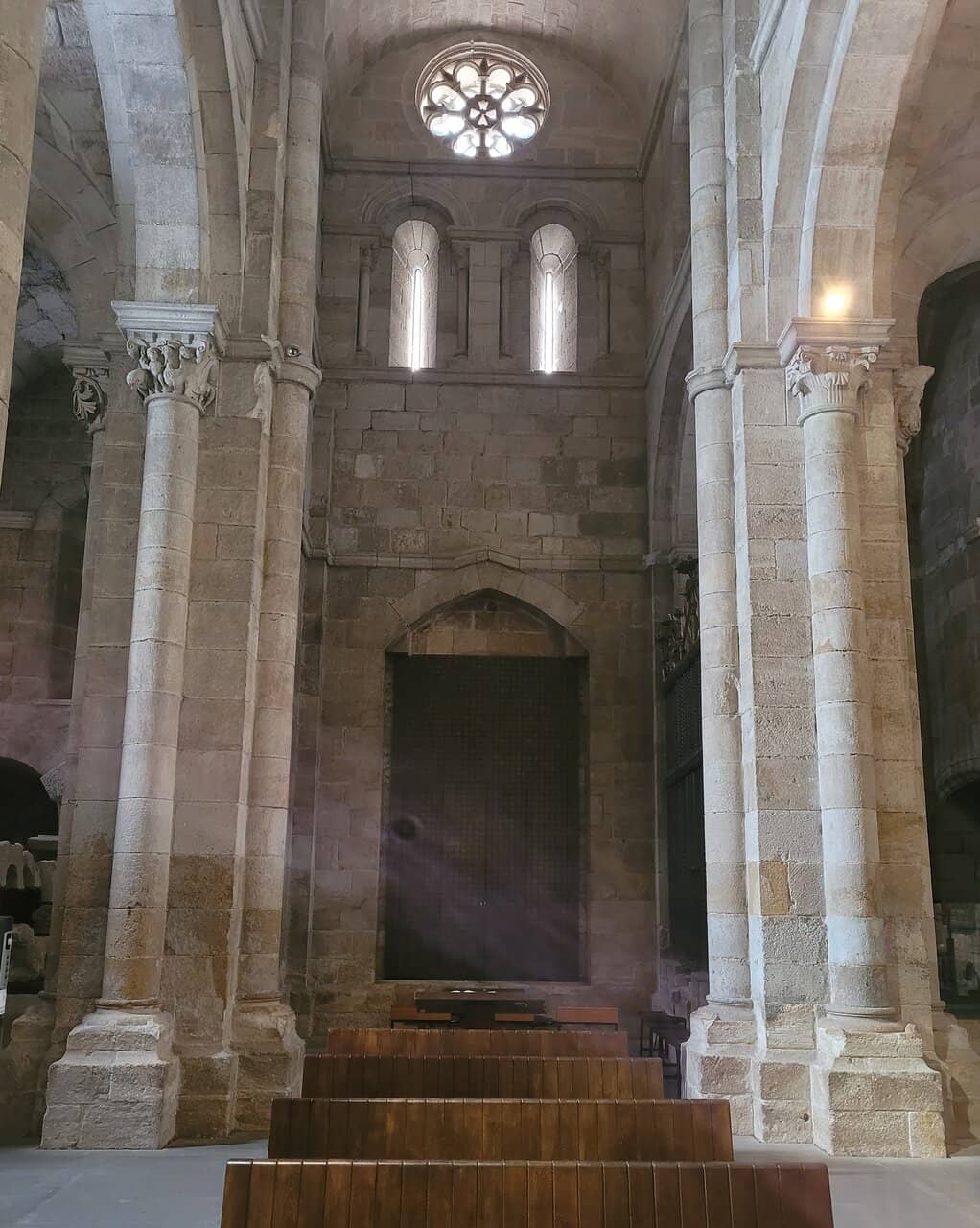
Highlights
Must-see attractions
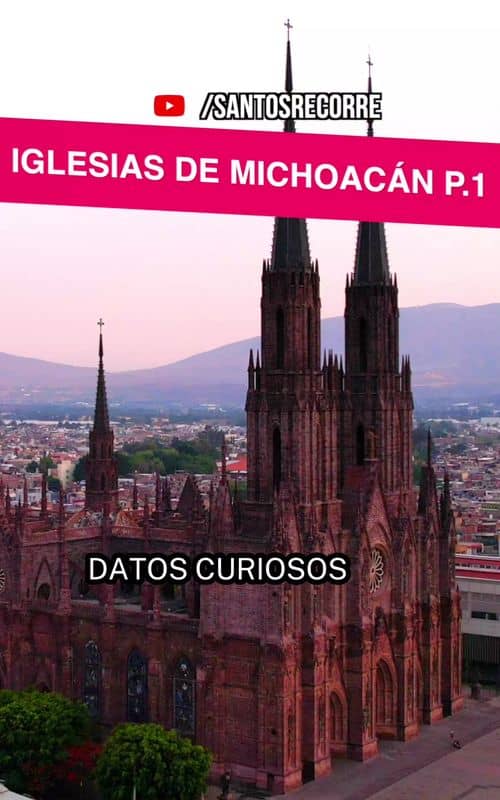
Social
From TikTok & Reddit
Best Time
Fewer crowds, peaceful atmosphere

Iglesia de Santiago del Burgo
Best Time
Fewer crowds, peaceful atmosphere

Highlights
Must-see attractions
A pristine 12th-century Romanesque church in Zamora, known for its pure architectural style and intricate sculptural details.
"A beautiful Romanesque church from the 12th century, located in a pedestrian area, in the commercial part of Zamora."
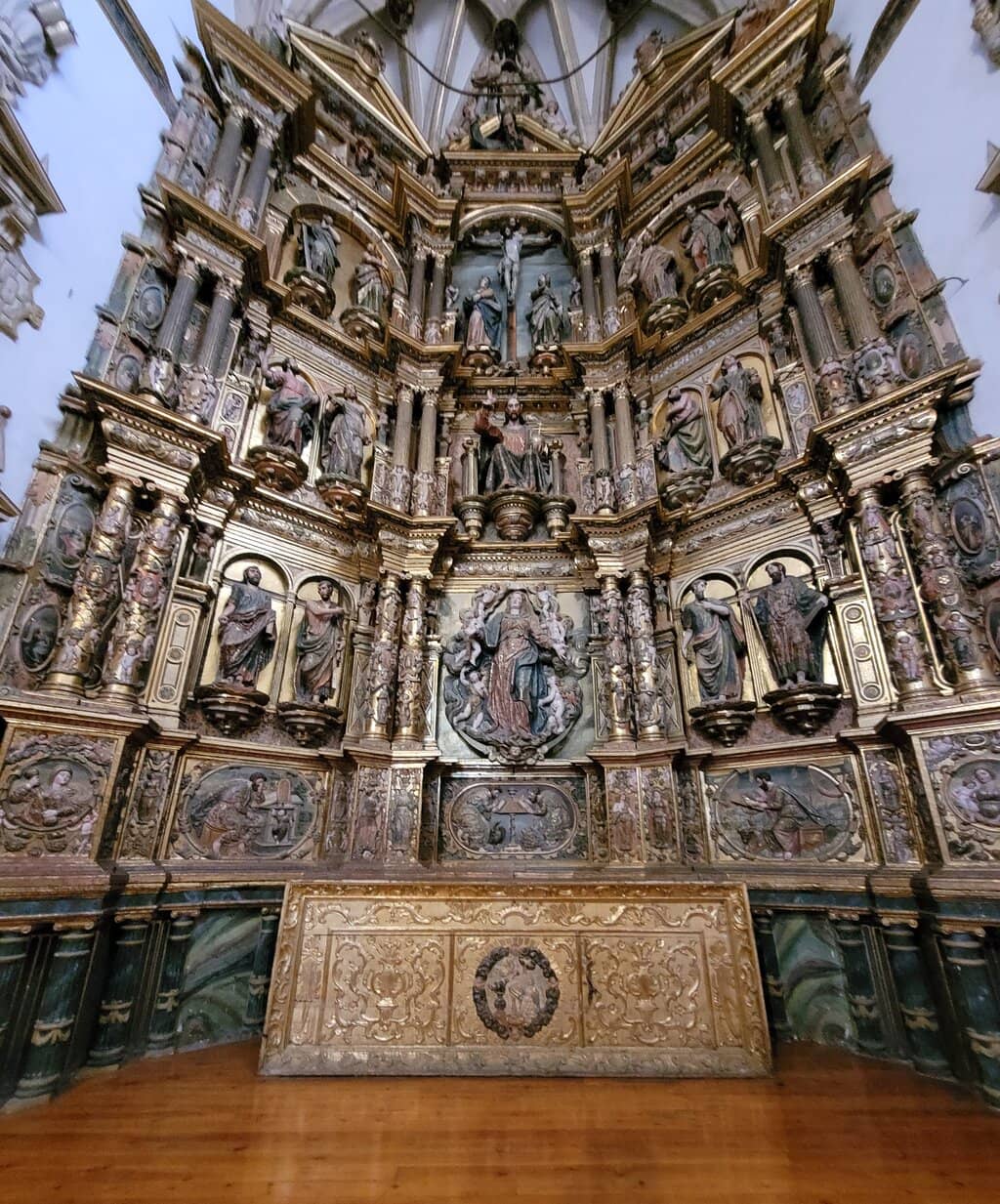
🚶♀️ Wear Comfortable Shoes
Zamora's historic center is best explored on foot. Be prepared for cobblestone streets and walking between churches.
⏰ Check Opening Hours
Access can be limited. Verify hours before your visit to avoid disappointment.
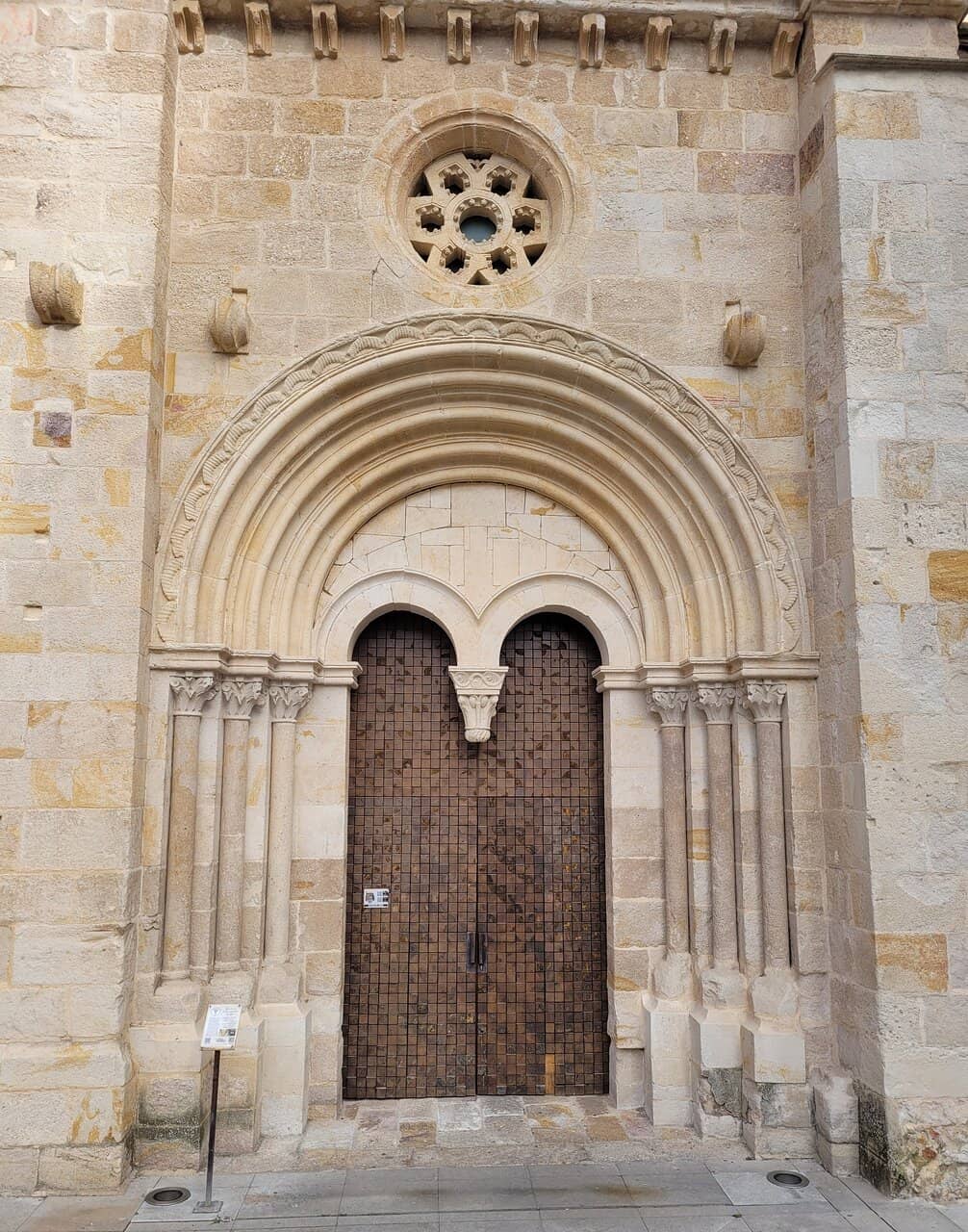
Highlights
Discover the most iconic attractions and experiences
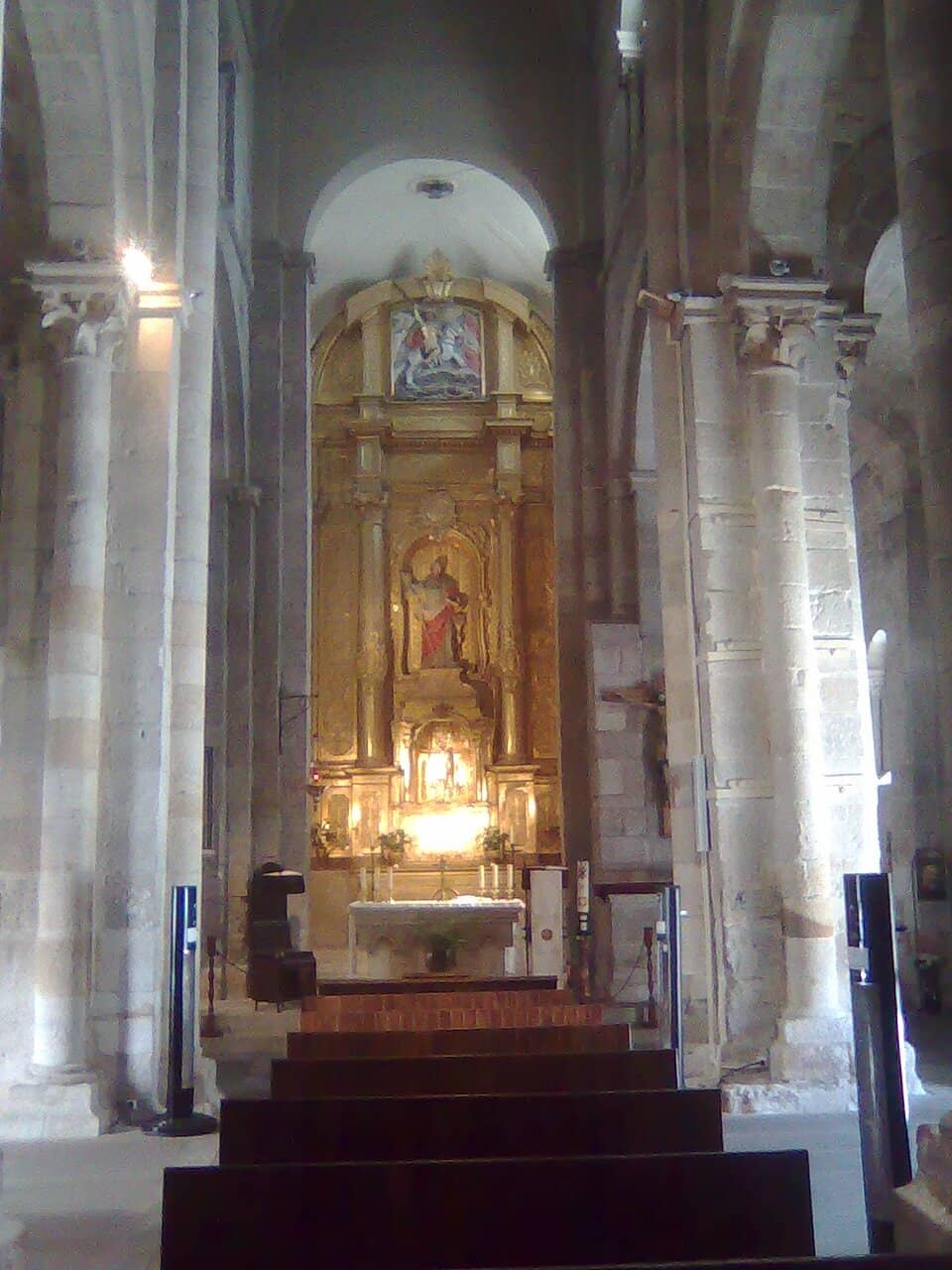
12th-Century Romanesque Architecture
Plaza de Santiago
Admire the pure Romanesque style, simple lines, and solid harmony of this well-preserved 12th-century church.
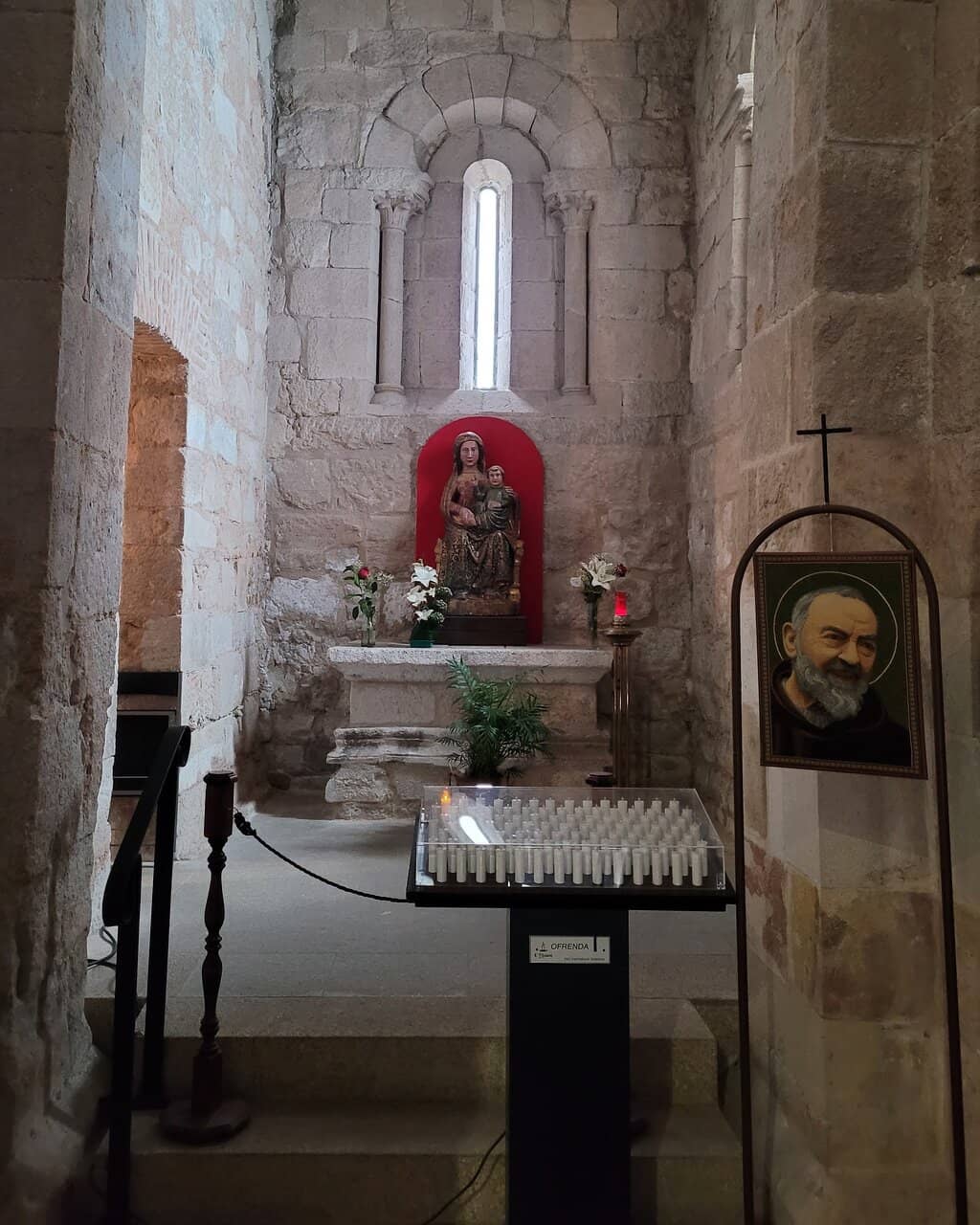
Intricate Portals and Capitals
South entrance
Marvel at the three richly decorated portals, especially the southern one with its archivolts, columns, and rose window.
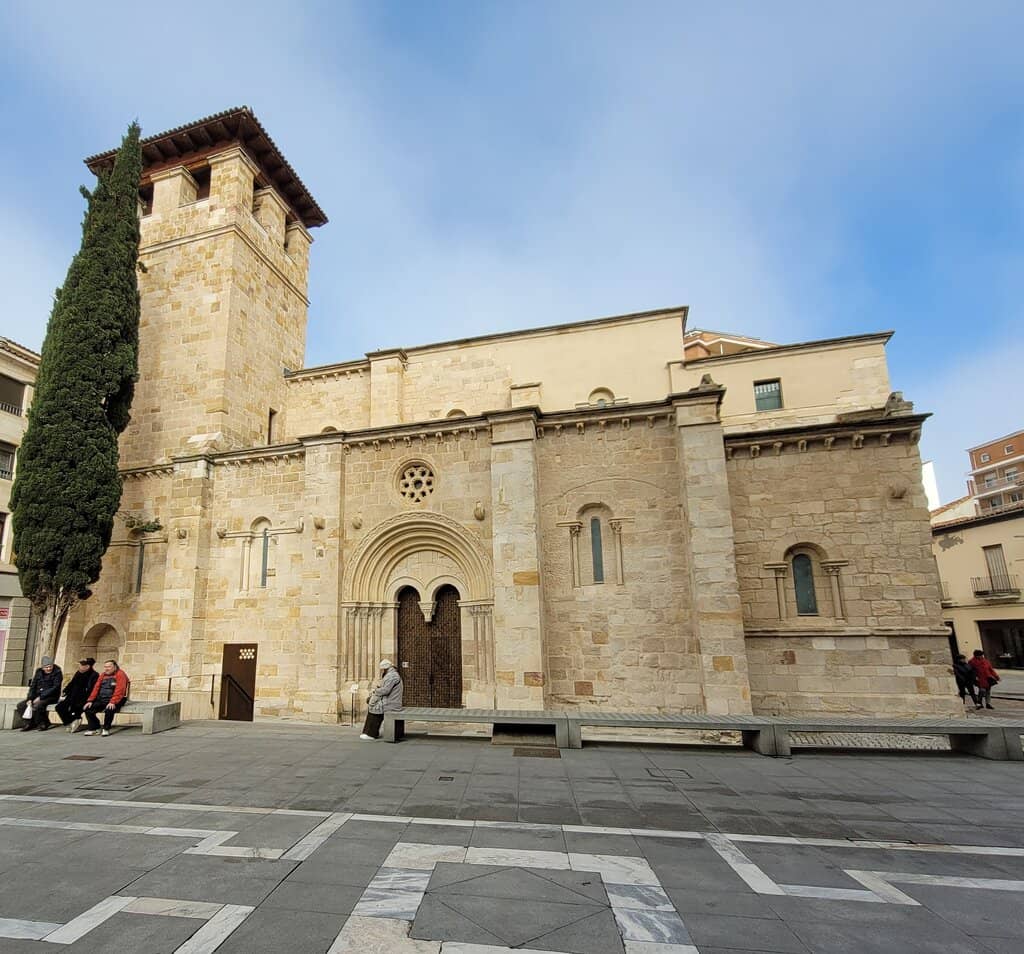
Triple Apse
East end
Observe the unique triple apse with three flat apses, a distinctive feature of its Romanesque design.
Plans like a pro.
Thinks like you
Planning Your Visit
Timing Your Visit
Navigating Zamora's Romanesque Charm
Best Times
Insider Tips
from TikTok, Instagram & Reddit
🚶♀️ Wear Comfortable Shoes
Zamora's historic center is best explored on foot. Be prepared for cobblestone streets and walking between churches.
⏰ Check Opening Hours
Access can be limited. Verify hours before your visit to avoid disappointment.
🗺️ Explore the Romanesque Route
This church is part of the 'Milla Románica' connecting many Romanesque churches in Zamora.
📸 Capture the Details
The intricate capitals and decorative portals offer fantastic photo opportunities.
Tips
from all over the internet
🚶♀️ Wear Comfortable Shoes
Zamora's historic center is best explored on foot. Be prepared for cobblestone streets and walking between churches.
⏰ Check Opening Hours
Access can be limited. Verify hours before your visit to avoid disappointment.
🗺️ Explore the Romanesque Route
This church is part of the 'Milla Románica' connecting many Romanesque churches in Zamora.
📸 Capture the Details
The intricate capitals and decorative portals offer fantastic photo opportunities.
What Travellers Say
Reviews Summary
Visitors praise the Iglesia de Santiago del Burgo as a beautiful and well-preserved example of 12th-century Romanesque architecture, highlighting its pure style and intricate details. Its location in a lively pedestrian area is also appreciated, though some note that opening hours can be restrictive, making it difficult to visit at times.
"Construída no século XII, a Igreja de Santiago del Burgo é um dos melhores exemplos do românico pleno em Zamora. Localizada na Plaza de Santiago, no coração da cidade, conserva a sua estrutura original quase intacta, com três portadas ricamente decoradas e um belo ábside semicircular.
O templo destaca-se pela sua pureza arquitetónica, pelas linhas simples e sólidas e pela harmonia típica do românico zamorano. No interior, a atmosfera tranquila transporta o visitante à espiritualidade medieval, tornando-a uma paragem obrigatória para amantes de arte e história. 🌿🏰"
Ferreira
"Beautiful Romanesque church from the 12th century, located in a pedestrian area, in the commercial part of Zamora. It could not be visited due to the opening hours."
Jquimmauri
"This 12th-century Romanesque-style church has three entrances and a quadrangular bell tower above the western section of the Epistle nave. It has three naves, the central one being tall, rectangular, and without a transept. It is very well preserved and is a National Monument."
Doncelador
What People Like
What People Dislike
Frequently Asked Questions
🚇 🗺️ Getting There
The church is located in the heart of Zamora's commercial and pedestrian area, on Plaza de Santiago. It's easily accessible on foot from most central locations in the city. If arriving by car, look for nearby public parking.
Yes, it's a key stop on Zamora's 'Milla Románica' (Romanesque Mile), a route connecting many of the city's Romanesque churches.
The area is very walkable and best explored on foot to appreciate the historic architecture and atmosphere. Wear comfortable shoes!
🎫 🎫 Tickets & Entry
Generally, entry to the church is free as it's a National Monument. However, opening hours can be restricted, so it's advisable to check in advance.
Opening hours can vary and may be limited, especially outside of peak tourist seasons or during religious services. It's best to confirm current hours before your visit.
While it's a place of worship, Sunday access might be limited due to services. It's recommended to check specific hours for Sundays.
🎫 🏛️ Onsite Experience
It's a prime example of Romanesque architecture, built in the 12th century, known for its pure style, simple lines, and solid harmony.
Key features include its three naves, a tall central nave with a barrel vault, and important capitals decorated with plant motifs and historical scenes.
Yes, it is considered very well preserved and is a National Monument, retaining much of its original structure.
Photography is usually permitted for personal use, but it's always good practice to be respectful of ongoing services or other visitors.
📸 📸 Photography
The exterior, especially the south portal with its rose window and intricate carvings, is very photogenic. The surrounding Plaza de Santiago also offers good vantage points.
Yes, the interior details like the capitals and vaulted ceilings are excellent subjects for photography, provided you are respectful of the space.
Morning light can be beautiful for the exterior, while late afternoon might offer softer light. Consider the surrounding buildings for context in your shots.
For Different Travelers
Tailored advice for your travel style
👨👩👧 Families with Kids
🏛️ History & Art Enthusiasts
🚶♀️ Walkers & Explorers
Deep Dives
In-depth insights and expert knowledge
The Romanesque Heritage of Zamora
This church, in particular, stands out for its well-preserved original structure, including its three naves and triple apse. The south portal is a highlight, featuring intricate carvings, archivolts, and a beautiful rose window that showcase the craftsmanship of the era. The interior, with its high central nave and decorated capitals, offers a glimpse into the spiritual and artistic life of medieval Zamora. Exploring these sites provides a profound connection to the region's rich past.
Many of these Romanesque gems are connected by routes like the 'Milla Románica' (Romanesque Mile), which often includes Santiago del Burgo. This allows visitors to easily navigate and appreciate the density of this architectural style within the city. The effort to preserve this heritage is significant, ensuring that future generations can experience the beauty and historical importance of these ancient structures.
Architectural Significance of Santiago del Burgo
The church's exterior is adorned with three portals, the southern one being particularly elaborate. This portal is decorated with archivolts, columns, and a rose window, showcasing detailed sculptural work. The capitals inside the church are also noteworthy, often decorated with plant motifs and historical scenes, reflecting the artistic sensibilities of the period. Its construction outside the first walled enclosure of Zamora also speaks to the city's growth and development during that era.
Despite undergoing renovations, most notably after a collapse in the 19th century, the church has been restored to maintain its clean presence. Its integration among more modern buildings in the commercial part of Zamora highlights its enduring historical importance and the continuous effort to preserve such valuable heritage.


Social
from TikTok, Instagram & Reddit